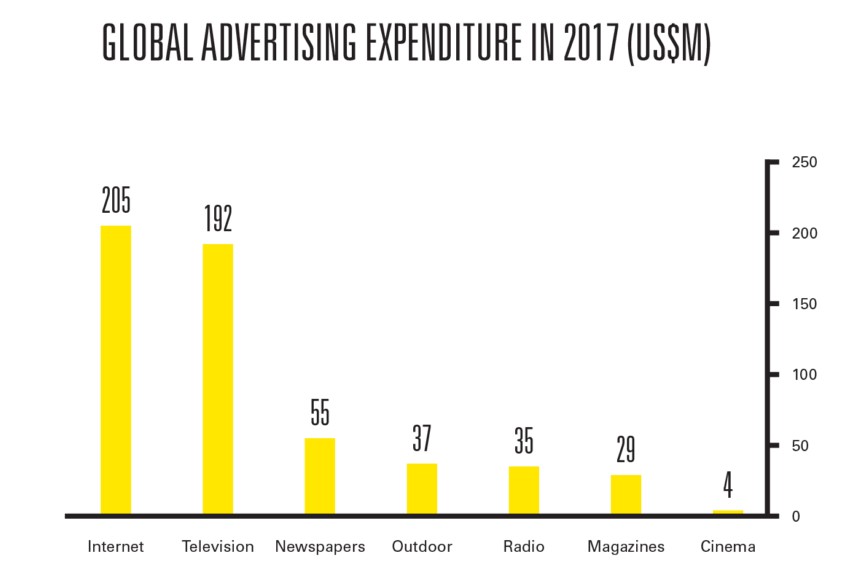WordPress 4.8 Beta 2
WordPress 4.8 Beta 2 is now available! This software is still in development, so we don’t recommend you run it on a production site. Consider setting up a test site just to play with the new version. To test WordPress 4.8, try the WordPress Beta Tester plugin (you’ll want “bleeding edge nightlies”). Or you can […]
WordPress 4.8 Beta 2 Read More »

